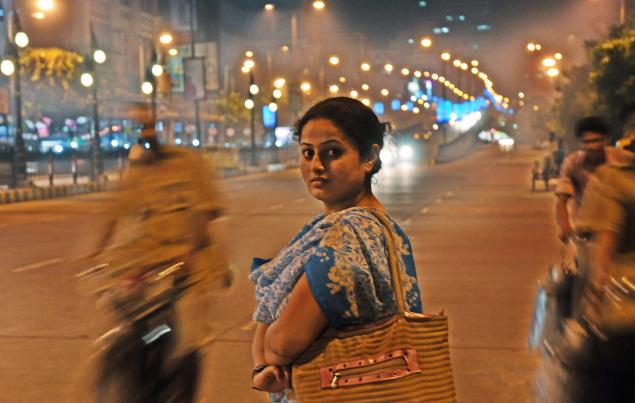Women doing prolonged hours over their entire working life might have a new reason to worry. A new study by the Ohio State University has found that women who work more than 40 hours a week for 30 years could be increasing their risk of developing serious diseases like diabetes, cancer, heart trouble and arthritis. The study, based on interviews conducted on over 7,500 people, has been published online in the Journal of Occupational and Environmental Medicine.

The study was conducted by Allard Dembe, Professor of Public Health at the university and his colleagues using data of persons born between 1957 and 1964 from the National Longitudinal Survey of Youth 1979. The researchers analyzed the relationship between serious diseases and hours worked, gender-wise, over a 32-year period.
The results showed a clear and strong relationship between long hours and heart disease, cancer, arthritis and diabetes in case of women. However, men who worked long hours had a higher incidence of arthritis, but none of the other diseases. The study found that risk begins to climb when women put in more than 40 hours and takes a decidedly bad turn above 50 hours. Women averaging 60 hours or more over three decades appeared to have triple the risk of getting these diseases.
According to Dembe, women – especially women who have to juggle multiple roles – feel the effects of intensive work experiences and that can set the table for a variety of illnesses and disability. Women tend to take on the lion’s share of family responsibility and may face more stress than men when they work long hours. Employers and regulators should be aware of the risks, especially to women who are required to regularly work beyond a 40-hour work week, he said.
Although the study is based on a sample of US residents, its observations are of relevance to India, where women bear huge family burden together with their job responsibilities. With lower nutritional standards, their bodies may be subjected to greater strain and face even increasing risks as compared to US women.